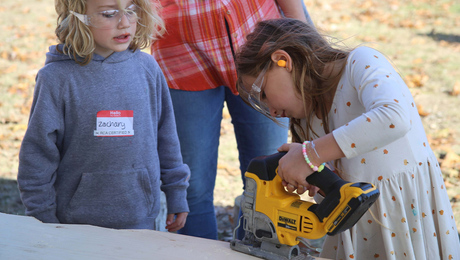*
We are drawing up plans for
a 6 foot window seat. Am trying to
find best dimensions for the height
of a windowseat (without cushion) from floor
and the depth of seat from the wall.
Anybody have an idea…or link
to look at on the web?
Thanks in advance
Pat
Discussion Forum
Discussion Forum
Up Next
Video Shorts
Featured Story

Listeners write in about continuing education, minisplit heat pumps, compact home shops, and building science.
Featured Video
Video: Build a Fireplace, Brick by BrickHighlights
"I have learned so much thanks to the searchable articles on the FHB website. I can confidently say that I expect to be a life-long subscriber." - M.K.














Replies
*
Here ya go...
Screw up your courage..dig into your pocketbook..and pick up Architectural Standards and Graphics
It has everything you need to know..about design minimums / elevations etc.
David Nickelson
*
About 18" high is the standard height for seating. Use a slightly lower level if there is to be a cushion. Depth about 18"-24".
I saw an interesting idea in a midevil castle (Burg Eltz) in Germany last fall, although I haven't seen it or had a chance to use it in a home yet. They had many bay windows, 90 degree corners, with window seats. The differance was that they had a cut-out in the window seat. That is, the middle part of the window seat was missing almost to the wall. Looking at it from the inside left to right, there might be 2' wide seat, then a 2' cutout for feet, maybe a 4" ledge there at the wall, then another 2' for the opposite seat. This allowed two people to sit at the window seat and face each other, or one person to sit and use the other side as a desktop, or the person could sit on one side, and support their legs with the other side. Very functional, although a little funny looking.
This particular layout may have happened because many of the bay windows were originally intended as toilets, but it still seemed interesting. Especially for people who want to sit flat-footed at the window without facing away from the window.
Architectural Graphic Standards is very expensive, probably 100-200$, and as an architect I don't use it that often. Try the library's copy.
*
You can find the Graphic Standard at your library.
The bit with the castle is really interesting, but it would not have usually been for bathrooms. Those were called garderobes and would have been in most cases on the exterior or curtain wall around the castle, rather than the main tower (keep or donjon). If there were any in the interior, they would have emptied into a pit, also used for disposing of those pesky prisoners (an oubliette). Mostly the seating arrangement developed from the fact that the walls were so thick (10-15 feet sometimes), and that the actuall windows were relatively small. In some places the walls angled out at the interior side, to create more room and spread the light from a small window. Remember that early castles did not have glass for the windows, but people (especially women) worked all day long all year long at these windows....puts a new perspective on the corner office, eh?
Encastlated, Lisa
*
Thomas Jefferson is credited with the first indoor privy, a prototype composting toilet. This was on the wrong continent and at the wrong time for castles. A privy would only work from one floor anyway, at least only one at a time. Pity the intermediate user. It is quite possible that chamber pots were kept near windows for easy emptying, those moats had many functions. I don't know how Tom emptied the privies. An outhouse could be moved and they were. If you look at the plan for Montecello the privies might as well have been outhouses in the distance from the living quarters.
*
We are drawing up plans for
a 6 foot window seat. Am trying to
find best dimensions for the height
of a windowseat (without cushion) from floor
and the depth of seat from the wall.
Anybody have an idea...or link
to look at on the web?
Thanks in advance
Pat